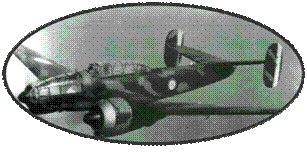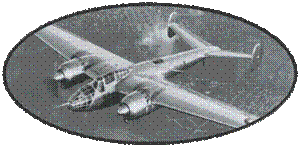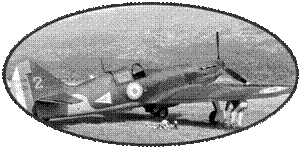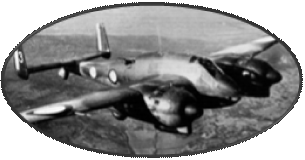245 aircraft were manufactured divided into two orders placed in the United States by the French Air Force:
- 115 Glenn Martin early 1939, followed by 130 other machines after the declaration of war
The first nine machines were delivered to Le Havre and then conveyed to Carpiquet for assembly. It was then decided to set up an assembly line in Casablanca. This functioned from January 1940
To
date, out of the
245 aircraft
manufactured
,97are
listed in the list below :

The Glenn
Martin 167 was launched in the US to respond to a 1937 program launched
by the USAAC to obtain a twin-engine Bomber. Among the models selected,
there is also the one that will become the B25. France quickly became
interested in the Glenn Martin 167F. It corresponded to the A3 /
B3 program launched in 1936: a twin-engine reconnaissance and bombardment
twin-engine capable of flying at 470 km / h with 4 hours of autonomy.
An order was therefore made in early 1939 for the acquisition of
115 Glenn Martin 167 to be delivered in the second half of 1939,
even before the prototype made its first flight (March 14, 1939).
The aircraft was not finally retained by the USAAC, and after the
declaration of war in Europe, a second French order was passed for
the delivery of 130 additional GL167 to be delivered before the
end of 1940.
The first
series aircraft came out of production lines in August 1939, but
the United States embargo for the delivery of military equipment
to countries at war delayed the delivery of the first aircraft,
and the first were delivered in December 1939. The logistical
scheme originally planned was a delivery in cash at Le Havre for
an assembly in the Caen region, which was the case for this first
batch. But finally, it is decided to assemble the aircraft in
Casablanca, with an operational site from January 1940.
Although initially
intended to equip the Reconnaissance Groups, they were assigned
to the Bombardment Group in North Africa, near their manufacturing
site. In May 1940, 77 Glenn Martin were in service.
The bombing
groups equipped with the new apparatus were transferred to the
metropolis from May 1940. Their campaign was short with a first
battle led by the GB I / 63 on 13 May and a return of the AFN
groups from 13 June 1940 in order to fight against the Italians,
who declared war very late ...
At the
end of the hostilities, 245 Glenn-Martin were delivered, some
of which were still in the box at the end of hostilities. About
40 machines were lost during the fighting.
The conditions
of Armistice imposed a preservation in North Africa, of Bombing
Groups equipped with Glenn Martin 167F. These aircraft participated
in some combats against the allies in Dakar in September 1941 or
in Syria in June 1941.
Finally,
some aircraft were transformed for the transport of personalities
for use in specialized transport units: SSLA and SAM.













